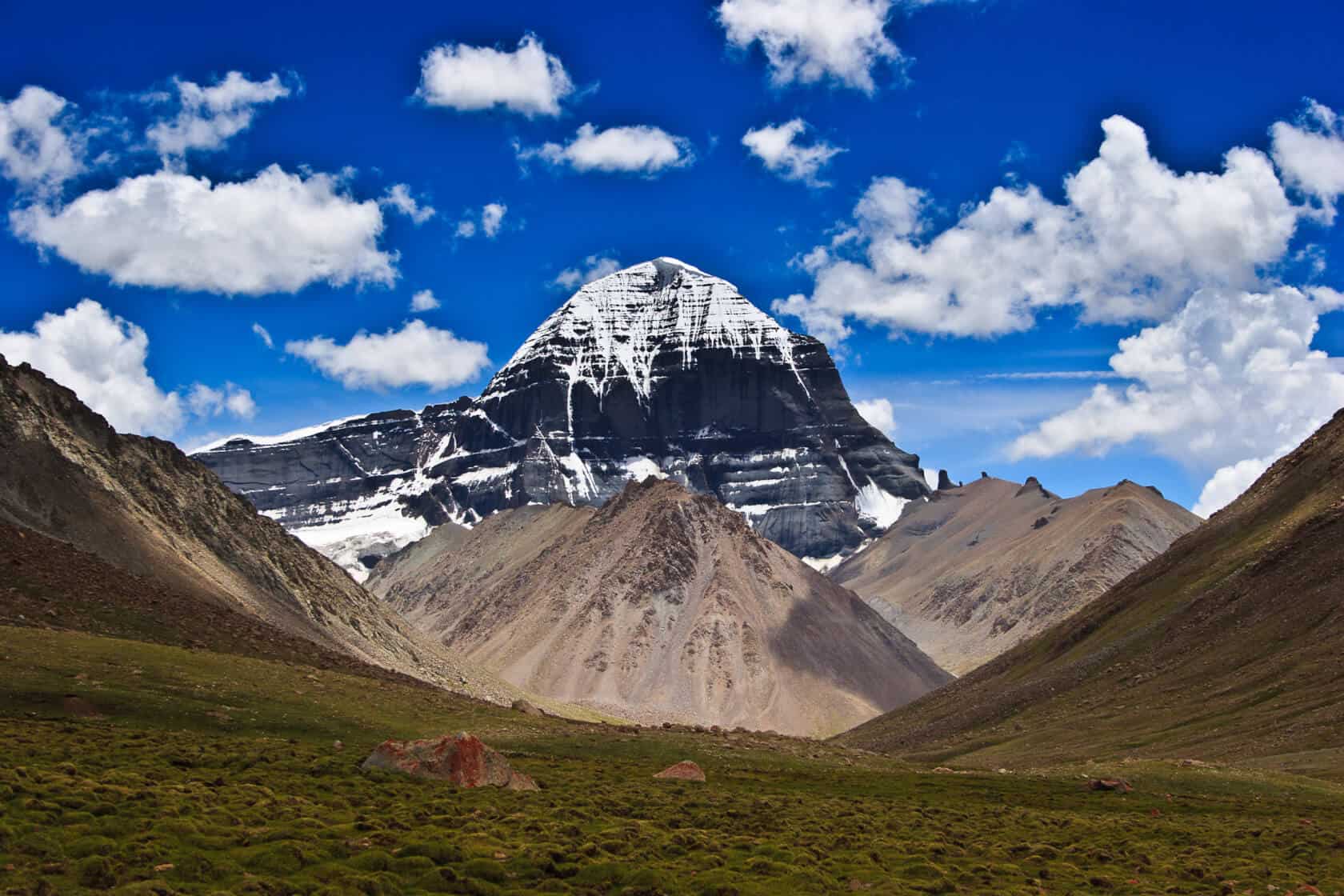The mountainous region of Tibet provide for a plethora of travel experiences, including vast beautiful landscapes.
Even though we write about the natural wonders in Tibet, the entire territory is wondrous and is often called the “Roof of the World” because of the mighty peaks around a good part of the plateau, mainly the North face of Mount Everest.
The central part of Tibet is an autonomous region in China.
Lhasa, the capital of this region by itself is one of the most striking cities in the world. The city lies at an altitude of approximately 3,700 metres. One of the most spectacular sights is the Lhasa River. Travel to the capital is easy enough by air from mainland China but nothing beats reaching this city by train when you get to see some of the most astounding and fascinating sights while you also acclimatise to the altitude, gradually.
North Face of Mount Everest
As the name suggests, this is the northern side of the Himalayas. Few expeditions attempt to climb Everest from the north side. Most mountaineers prefer the south side because it’s considered safer and less windy. On the indomitable North Face, it’s going to be you, the fierce winds and the clearest skies. The earliest undertakings to climb the North Face were met with disaster and many Sherpas were killed in avalanches. At a height of 7000 metres is the Rongbuk Glacier system. Two unimaginably colossal tributaries from the east and the west flow to form the main Rongbuk Glacier. This is where you also find one of the highest monasteries in the world.
The Chinese government has achieved the unimaginable feat of constructing a perfectly paved road and what is named as the Friendship Highway which takes you close to the base camp straight across the Tibetan plateau. The drive is just under three hours from Lhasa and all you will hear is the rumble of your engine. It’s probably the quietest highway in the world. And what you see at the end of the drive are views of 8,000 metre mountains all around. So what was once an extremely brutal trek even for the most experienced mountaineers has become accessible to the average tourist.
Reaching close to the base camp is one of the most gratifying trips to one of the greatest natural wonders in Tibet.
Yarlung Tsangpo Grand Canyon
This canyon, along the Yarlung Tsangpo River in the Tibet Autonomous Region is the deepest canyon in the world. Averaging depths of nearly 5,000 metres, the canyon has the deepest point of roughly a little over 6,000 metres. Flowing through the canyon is the Yarlung Tsangpo river which originates around Mount Kailash and stretches towards the east for nearly 1,700 kilometres, most of it in the Himalayas. Some of the gorges are terrifically deep and have an unreal hallucinatory effect. Surprisingly, you will also find settlements in the canyon, the largest being Zhibe. How humans live in these harshest of conditions is beyond the understanding of most of us.
Yamdrok Lake
At an elevation of close to 4,500 metres this is one of the highest freshwater lakes in the world. Ringed by snow-capped mountains this 72 kilometre long turquoise lake with all its streams is one of the calmest places you can imagine. With tourism into the area increasing, the calm can be disturbed once in a while by a hawker who may try selling you a Tibetan mastiff puppy in one of the many colours including red and bluish-grey. Incidentally, the Tibetan mastiff is one of the most expensive and sought after dog breeds.
Mount Kailash
Thus named in Sanskrit the ancient Hindu script, this mountain in the Kailash Range is over 6,500 metres at its highest point. Thought to be holy by many religions, it is right by the lakes Manasarovar and Rskshastal and is not far from the source of some of the greatest rivers.
Believed to have divine energies residing on the mountain, pilgrims and tourists go there for the awesome experience and do not go trekking on the mountain.
No human has actually touched the mountain.
What can one say about these natural wonders except that they bring delight beyond measure.
Picture: Shutterstock / ID: 112491815
There’s another article in this series in which we talk about the natural wonders of the USA.
Support us!
All your donations will be used to pay the magazine’s journalists and to support the ongoing costs of maintaining the site.
Share this post
Interested in co-operating with us?
We are open to co-operation from writers and businesses alike. You can reach us on our email at [email protected]/[email protected] and we will get back to you as quick as we can.










